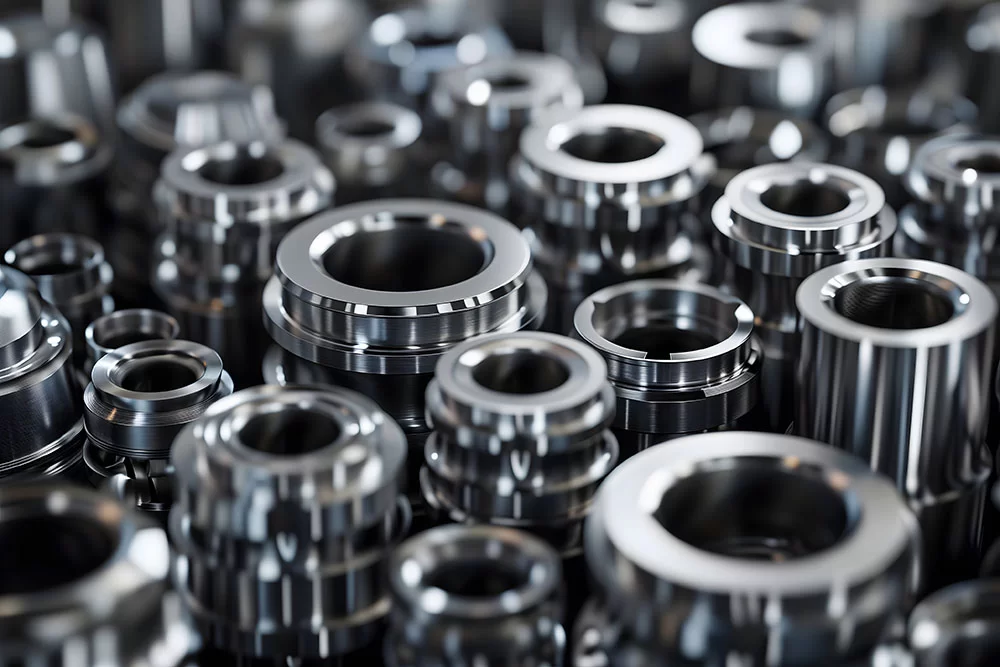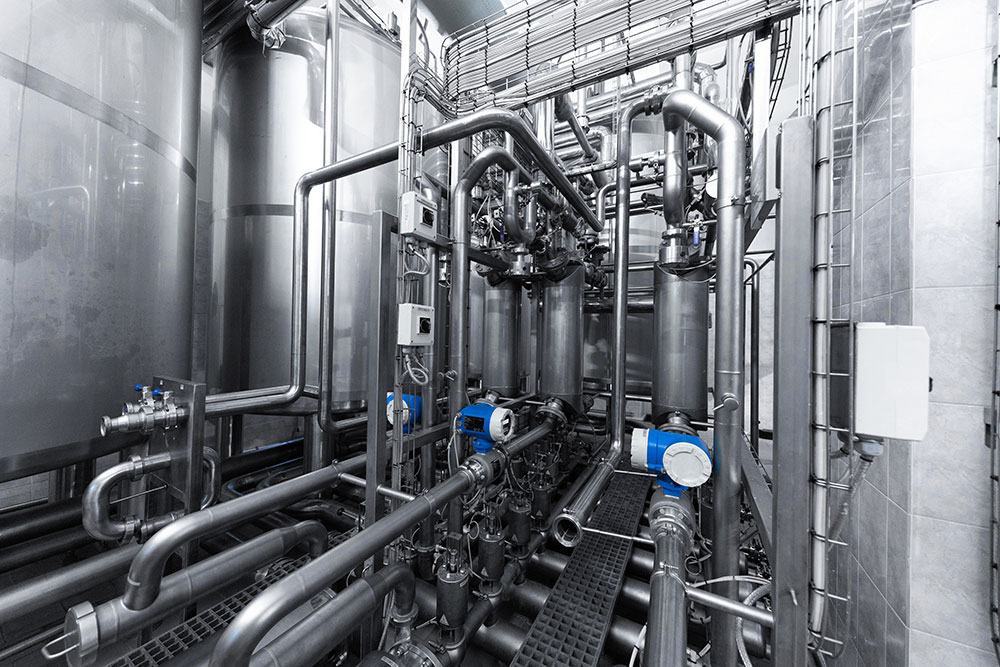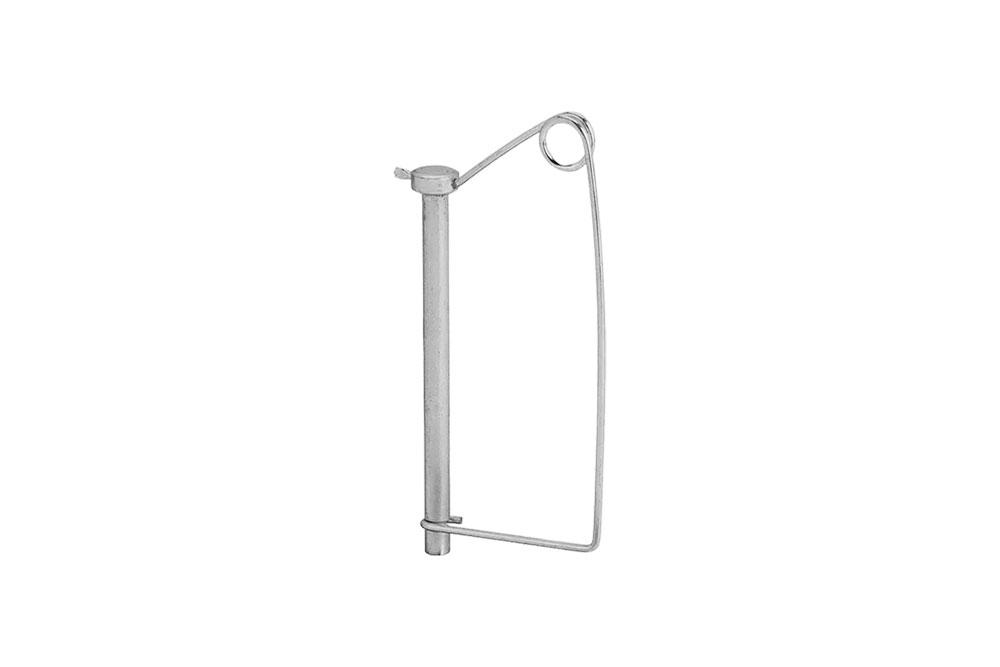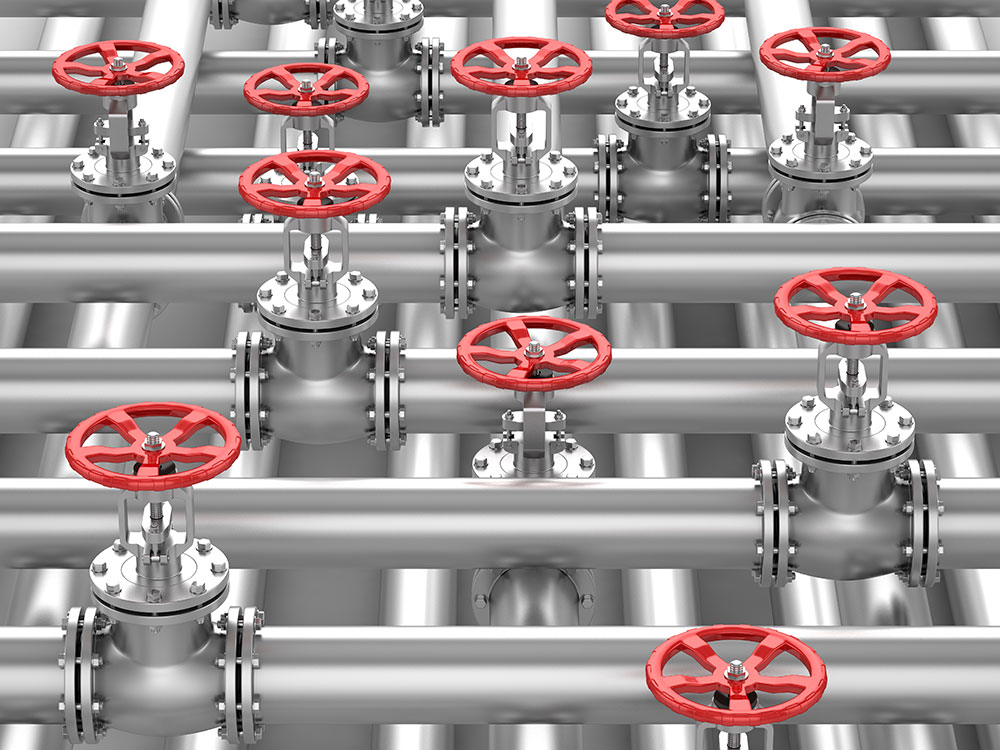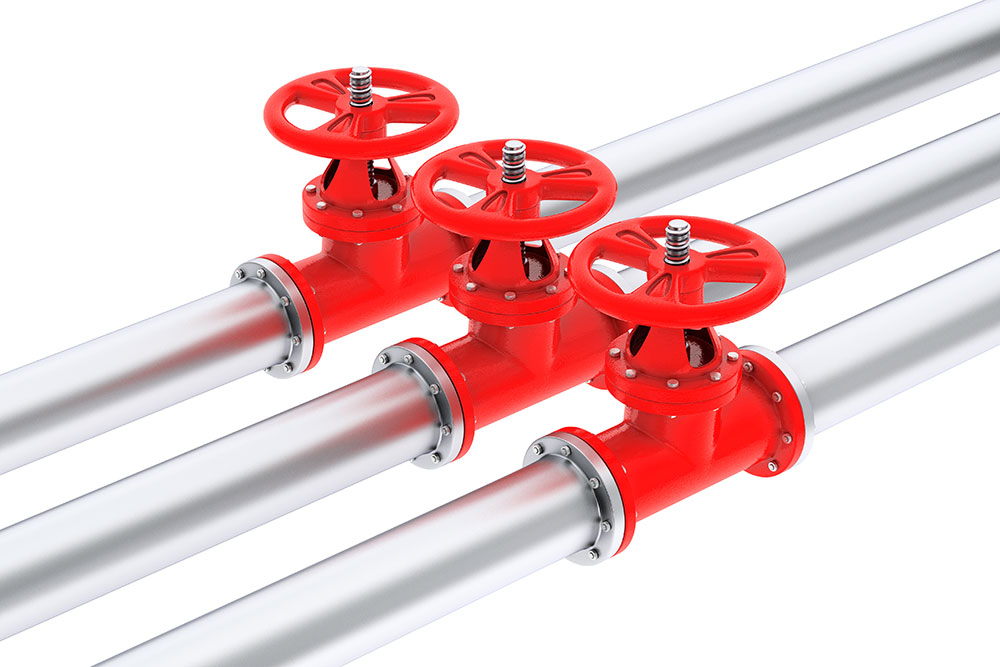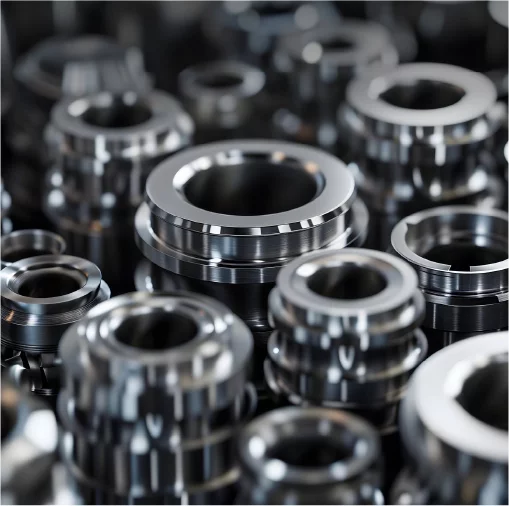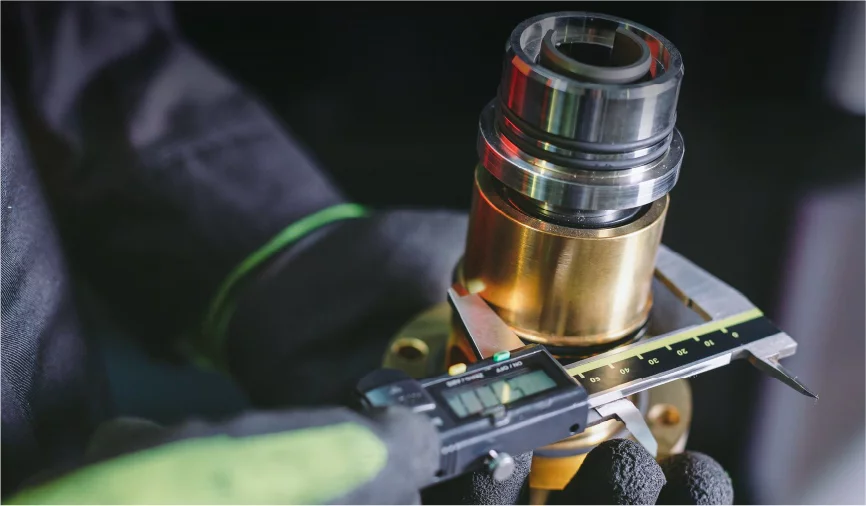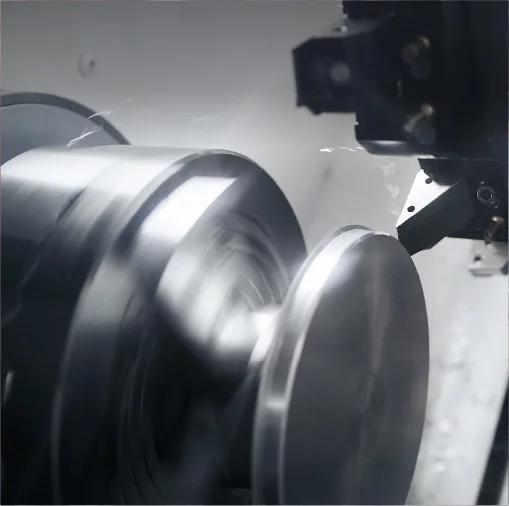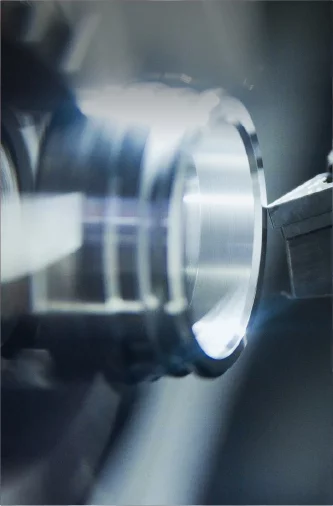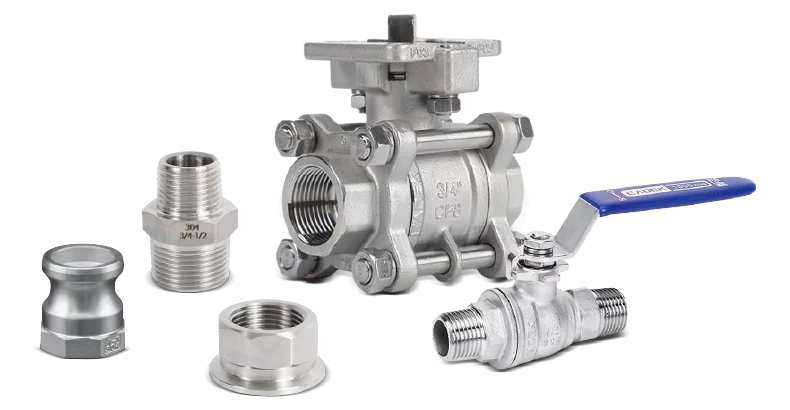There are many types of camlocks on the market, and you may be dazzled and don’t know how to choose. In this article, you will learn some common camlock types and related knowledge.
I hope that after reading this article, you can choose the camlock that best suits your transmission system and equipment.
Based on Material
The most basic classification is based on raw materials. The choice of raw materials is very important, which determines the various performances, application industries and application scenarios of camlocks made of different materials.
Stainless Steel Camlock
The main manufacturing materials of stainless steel camlock are generally 304 grade stainless steel and 316 grade stainless steel. Camlock made of these high-quality stainless steel raw materials has excellent corrosion resistance and high temperature resistance, and is very suitable for use in extreme environments of corrosive and high temperature and pressure.
At the same time, the excellent durability of stainless steel camlock also highlights its very long service life, saving a lot of costs.
From the perspective of raw materials, on the one hand, stainless steel is easy to clean and maintain, which greatly reduces maintenance costs. On the other hand, stainless steel has hygienic properties and can be used in fields with high requirements for hygiene and cleaning.
With the above advantages, stainless steel camlock can be widely used in industries such as petroleum, chemical, food and beverage.

Aluminum Camlock
Aluminum Camlock is a quick-connect fitting that is easy to install and remove. It is made of aluminum, a light and corrosion-resistant silver-white metal. This metal is lightweight, making the camlock very portable, and it is not easy to rust and has high strength.
Because it is also corrosion-resistant, it is often used in corrosive environments and systems. Although aluminum camlock is not as corrosion-resistant as stainless steel camlock, it has another advantage – it is very cost-effective. If you are looking for cost-effectiveness, then aluminum camlock is undoubtedly a good choice.
These excellent properties make aluminum camlock widely used in industries such as agriculture, water treatment and construction.
Plastic Camlock
Plastic camlock is usually made of high-quality thermoplastics such as polypropylene and nylon, and has good plasticity. At the same time, plastic camlock also has good chemical resistance and corrosion resistance, suitable for smooth operation in environments with a lot of chemicals and corrosive environments.
Because it is made of plastic, it is more cost-effective than metal camlock. However, although it also has good durability, it is still not as durable as metal.
Like aluminum camlock, plastic camlock is also very lightweight and suitable for portable applications. You can often see it in many temporary setups and equipment. It is worth mentioning that plastic camlock has excellent electrical insulation properties and is a safer choice in applications where the possibility of conductivity needs to be considered.
Plastic camlock is usually widely used in agricultural irrigation, chemical industry and water treatment and other fields.
Under detailed classification, plastic camlock can be divided into two types of camlocks with different characteristics, polypropylene camlock and nylon camlock. Polypropylene and nylon are both common engineering plastics, which are widely used in industrial fields and daily life.
Polypropylene Camlock
This is a quick connector made of polypropylene. Camlock made of this material has good corrosion resistance to acids, alkalis, salts, etc., but is not resistant to oxidants.
Polypropylene camlock is more suitable for normal temperature and low pressure environments and has good resistance to corrosive liquids. Compared with camlocks made of other plastic materials, polypropylene camlock has good cost-effectiveness and low cost.
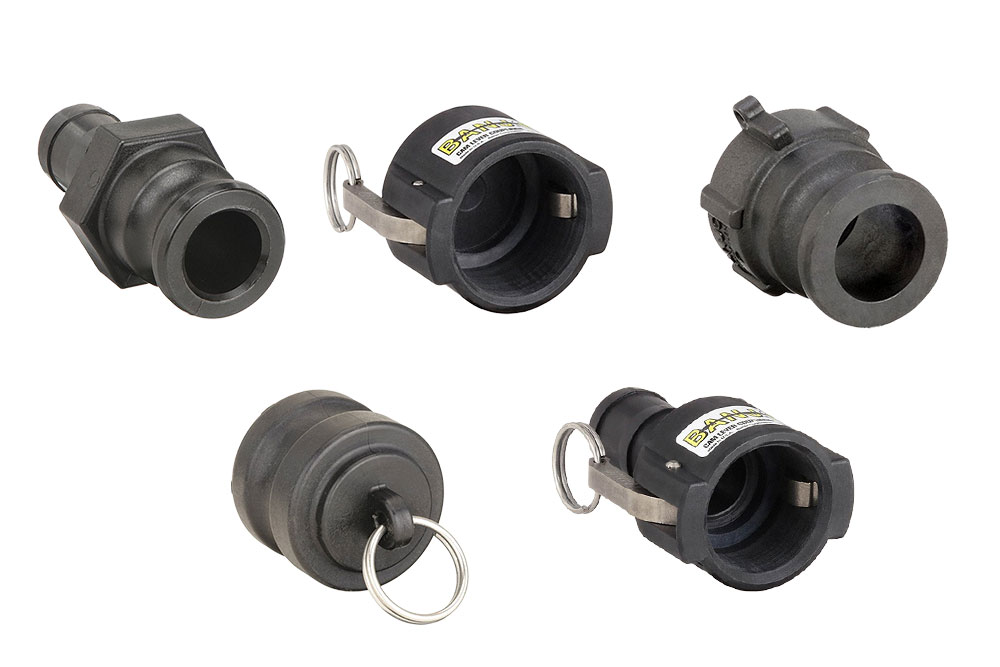
Nylon Camlock
Nylon Camlock has good corrosion resistance to acids, alkalis, greases, etc., but it is not suitable for use in transmission systems and equipment that transmit strong acids and alkalis, because in such an environment, nylon is easily decomposed.
Nylon Camlock also has excellent wear resistance and toughness, and good high temperature resistance, which is suitable for application in many industries. However, the cost of nylon is relatively high.
In short, nylon Camlock is suitable for higher strength, wider temperature range, and more demanding application environments and fields.
Brass Camlock
Brass camlock is made of high-quality brass and inherits the excellent corrosion resistance of brass itself. It can resist a variety of corrosive substances and ensure that the transmission system can operate smoothly in a corrosive environment.
Brass is a relatively strong alloy, so the camlock made of it also inherits the excellent performance of high strength. At the same time, brass is lightweight, so brass camlock is also a good choice for portable applications. Brass camlock also has excellent performance of long-lasting durability and high temperature resistance and can adapt well in high temperature environments.
The excellent performance and characteristics of Brass Camlock make it widely used in oil transportation, chemical industry, fire fighting and other fields.
Based on End Connection
Based on different end connections, camlock can be mainly divided into two types, one is male camlock and the other is female camlock.
Male Camlock
The male camlock usually has a protruding interface at one end, which is inserted into the groove of the female camlock for connection. It is usually directly connected to the hose or pipe to ensure transmission.
There are mainly the following types of male camlock:
Type A – Male Adapter with Female Thread
One end is a male connector and the other end is a female thread. It can be directly connected to pipes or equipment with male thread interfaces.
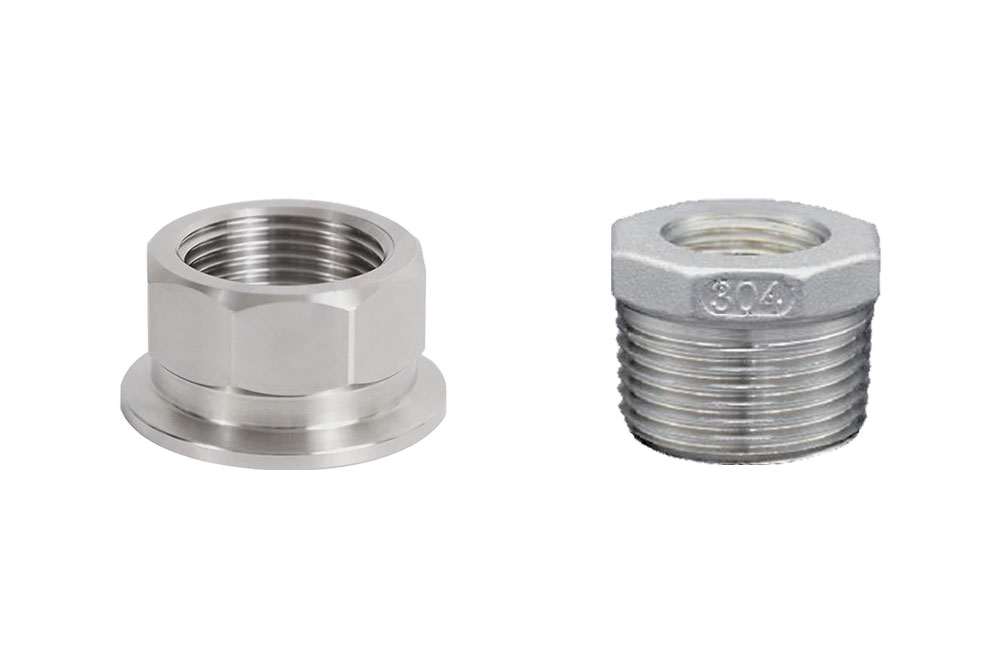
Type E – Male Adapter with Hose Shank
One end is a male connector and the other end is a hose shank. It is mainly connected to the hose transmission system and has good leak-proof performance.
Type F – Male Adapter with Male Thread
One end is a male connector and the other end has male threads. It is usually connected to pipes with female threads, and the connection is very firm and reliable.
Type DC – Dust Cap
This is a dust cap designed for male camlock, which is mainly used to prevent dust and debris from entering the transmission system and extend the life of the system and equipment.
Female Camlock
Female camlock usually has a groove that can be connected to the male camlock’s convex end, and there are cam arms on both sides to lock the connection to form a seal. Its usual function is to prevent leakage and looseness, and ensure sealing and stability.
Female camlock mainly has the following types:
Type B – Female Coupler with Male Thread
One end is a female connector and the other end has a male thread. It is easy to operate and can be smoothly connected to pipes with female threads. It is very tight and durable.
Type C – Female Coupler with Hose Shank
One end is a female connector and the other end is a hose shank. It is often used together with Type E camlock, suitable for connecting with hoses, transmitting liquids and other substances, and the hose end has good sealing performance.
Type D – Female Coupler with Female Thread
One end is a female connector and the other end has a female thread. It can be quickly installed and removed, and the operation does not require complicated procedures. It is suitable for connecting transmission systems with male threads.
Type DP – Dust Plug
This is a dust plug mainly for female camlock. It protects the system and connector from contamination and damage when not in use.
Based on Standard
The quick connector market is becoming more and more standardized. In order to achieve compatibility with transmission systems and equipment, camlock has gradually formed the following standard types.
American Standard Camlock
The standards applicable in the United States are mainly MIL-C-27487 and A-A-59326. MIL-C-27487 is a military standard, while A-A-59326 is mainly used in commerce.
European Standard Camlock
The European standard is mainly EN 14420-7, which is generally used in European countries and is basically compatible with European transmission systems.
Other Special Standard Camlock
There are some special types of standards, mainly used in some places. For example, Japan has a Japanese Industrial Standard, which is mainly used in Japan and has a relatively small scope of application.
In general, the first two standards of camlock are basically compatible with the transmission systems on the market, and a few places require special standard camlocks.
Conclusion
After reading this article, you must have a better understanding of the different types of camlocks and can choose the right camlock for your industry and system!
Of course, if you want to know more information, please feel free to contact us and we will be happy to help you.

